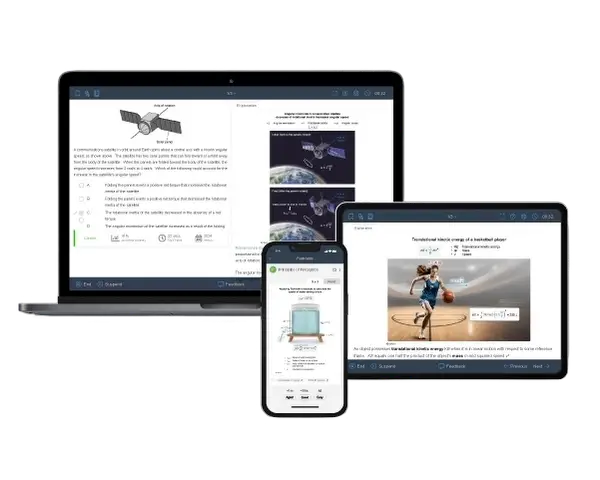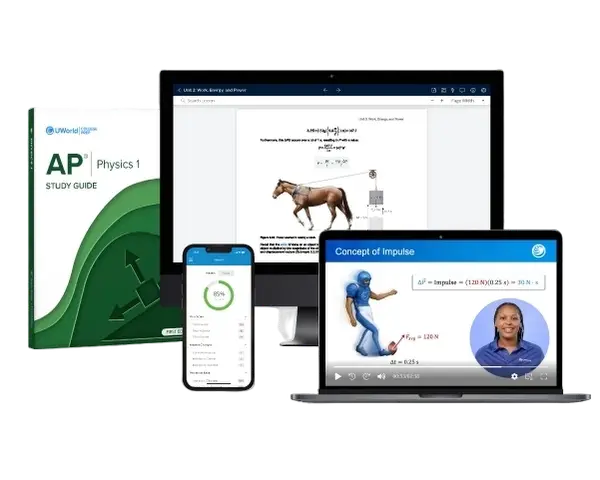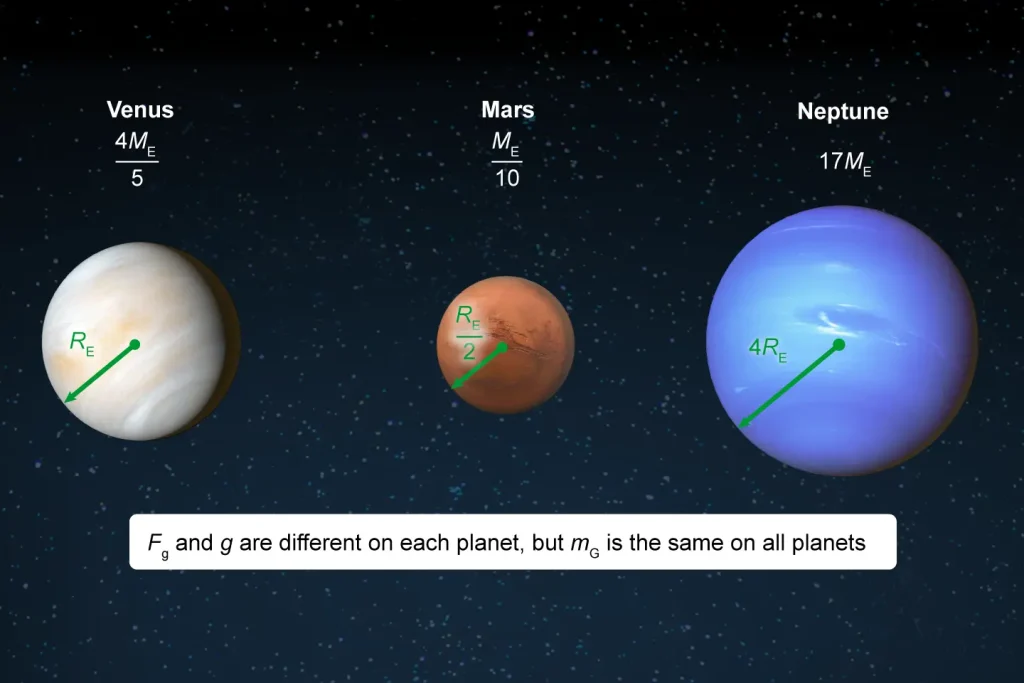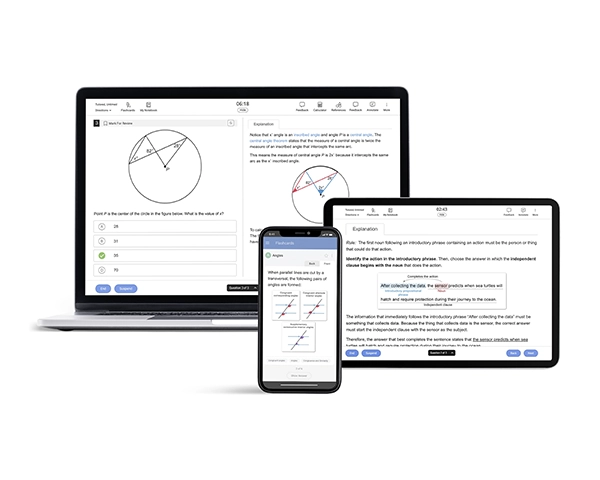Writing a good lab report starts with taking smart steps when you conduct the lab. You should take notes about your methods, carefully track your data, and think critically during the lab about what could have been improved or done differently. If allowed, take pictures of your experimental setup, as this is a good tool to ensure you are accurate when learning how to write an AP Physics 1 lab report. If photos are not allowed, consider making sketches in your lab notebook of any complicated setups. Don't wait too long after you perform the lab to write the lab report so that the information is still fresh in your mind.
Individual teachers vary in their specific requirements for AP Physics 1 lab report formats, so make sure you pay attention to the instructions your teacher gives you. If you have any questions, or if there is something you don't understand, ask your teacher! They are there to help you.
After you write your AP Physics 1 lab report, it is important to read over it and check for spelling or grammatical errors, which are unacceptable in scientific writing. Note that, except for the title and materials list, you should always use complete sentences in your lab report.
Title
The title of your lab report should be as specific as possible (e.g., “Lab 1” is not a specific title). You don't need to go into too much detail in the title; that's what the other sections are for. You should be as concise as possible while still giving your readers a good idea of what type of experiment you performed and what they should expect from the overall report. For example, “Investigating the period of motion of a simple pendulum” provides useful information to the reader.
Abstract
Although not all teachers will require an abstract, this section is good practice for reading and writing real scientific articles. This section should give a brief summary (typically less than 100 words) of the entire experiment and analysis. You should cover the purpose of the experiment, what was done in general, and a summary of the results. You should also include a concluding statement of the big takeaways from the experiment. The abstract should be written last because it is a summary of everything in the report.
Below are some general guidelines on how to write an AP Physics lab report. With this goal in mind, a great lab report is both concise and descriptive and contains the following sections:
Introduction/Background
This section of your AP Physics 1 lab report should provide your readers with any background information they will need to understand your experiment. In this section of the lab report, you should introduce the purpose of the experiment so that it is clear why the lab experiment was performed.
If appropriate, you will also state your hypothesis in this section. Your hypothesis is generally written in an “If…, then…” format (e.g., “If the length of a simple pendulum is doubled, then the period of the pendulum will double”). You should include any reasoning that went into the formation of your hypothesis. For example, if you hypothesize that the period of a pendulum increases as pendulum length increases, why do you think that? Generally, you need to briefly define key terms you use in this section when they are introduced.
Materials and Methods
In this portion of your lab report, you will go into detail about the materials you used in your experiment and what steps you performed. Typically, this section involves a bulleted list of all materials used and their quantities. However, different teachers may have different preferences for how the materials you used are communicated in your lab report.
In addition to the materials list, you will detail each step you took to complete your experiment. The goal of writing this section in any scientific field is to make your results reproducible by other scientists, which would make your experiment accurate and valid in the eyes of the scientific community. Including a diagram to show the experiment setup can also be useful.
By employing meticulous techniques in the writing of this section, you will be preparing for the expectations that come with real-world science. With this in mind, make sure you mention all the controlled variables, along with the independent and dependent variables. In addition, you should use the past tense when writing this section, as your materials and methods describe an experiment you have already performed. For example, you would write, “the period of the pendulum was measured using a stopwatch,” not “measure the period of the pendulum using a stopwatch.”

Results
The actual results you obtained during your experiment and results derived from calculations are displayed in this section of your lab report. Usually, this will be in the form of table(s) and/or graph(s), depending on your experiment. Think about your experiment and results and how you can best depict them visually. You also need to include sample calculations for each type of calculated data, including a brief description of each calculation.
When creating tables and graphs, make sure each one is clear, easy to follow, and has a descriptive title. Consider whether you should include averages for experiments in which multiple trials were performed. When you display numerical figures, units should always be included. If your lab report contains a graph, make sure to label both the X and Y axes appropriately and include a key or legend if necessary. In some labs, you will perform statistical analyses; make sure to include this here if it was part of your experiment.
The statistical analyses, graphing tasks, and tabular data production required for your AP Physics lab report are directly tied to the Science Practices you will be tested on during the AP Physics exam. So make sure you put your best effort into learning and mastering the skill set of representing scientific data in a visual manner and using statistics-based reasoning.
Often, results that do not support your hypothesis are just as valuable as results that do. Results that do not support your hypothesis do not mean that your experiment has “failed” or that you should make up false results. So, for this section of the lab report, it is extremely important that you always represent the actual data you obtained in the experiment.
Analysis and Discussion
This section is the real meat of your lab report. Here, you will present an analysis of the results obtained in your experiment and whether they support your hypothesis. Note that this is the terminology that should be used when discussing your hypothesis in light of your results (not “prove” or “disprove”). Remember, results that do not support your hypothesis are not invalid, and this is your chance to explain the meaning of unexpected results.
You should discuss trends that were observed in the data (e.g., how the independent variable affected the dependent variable). You should also discuss any conclusions that can be drawn from graphs and be included in the results.
This portion of your lab report is also an opportunity to discuss error analysis and any shortcomings of the experiment, materials, or methods. This is also the place to provide suggestions for things that could be improved if the experiment was performed again or for any related investigations that could be performed, given the results of your experiment.
You should strive to clearly explain the meaning behind your results and any implications these results have on the information discussed in your introduction/background section. You should refer to your results in any statements you make about your experiment, either by quoting data directly (e.g., “the average period of the 25 cm pendulum was 0.97 s”) or by referencing the figure, table or graph number (e.g., “As shown in Figure 1, the mass of the bob did not affect the pendulum's period”).
In some cases, your teacher may provide a list of questions that should be answered in this section. If so, remember to reference this list and ensure all questions have been addressed in your text. These questions can also potentially serve as a useful way to organize your analysis and discussion.
Conclusion
Sometimes, a concluding sentence or two is written at the end of the previous section (Analysis and Discussion), and sometimes it is given its own section. Either way, you will summarize your big takeaways from the experiment. This is usually the section of your AP Physics lab report that makes you think a lot about the big picture of your experiment.
With these key tips, you have now learned how to write an AP Physics lab report as best as possible. As you go through your AP Physics class, you will have plenty of opportunities to create AP Physics lab report examples in the format your teacher asks for. Beyond just completing assignments, consider supplementing your learning with AP Physics 1 practice questions, study guides, and online courses to deepen your understanding of the scientific reasoning you did in the lab.

Read More About AP Physics Exam
Learn about the AP Physics 1 curriculum here. This course and exam description explains AP Physics 1 course units, topics, skills, and all the facts you need to know about AP Physics 1 course.
How to Answer AP Physics 1 FRQsHaving trouble answering AP Physics 1 Free-Response Questions? Check out our step-by-step guide with sample FRQs to help you master the FRQ section of the Physics exam.
How to Approach AP Physics 1 MCQsA comprehensive, detailed guide to help you tackle AP Physics 1 multiple-choice questions. This handy resource includes problem-solving techniques, sample questions, and more.
Best AP Physics 1 Study Guide ComparisonKaplan vs. Barron's vs. Princeton Review vs. UWorld—compare strategies, features, and effectiveness to find the ultimate guide for AP Physics 1 success.
Best AP Physics 1 Review Course ComparisonSearching for top AP Physics 1 prep courses? Read this review to compare the best courses and choose the perfect one for your success.
How to Self-Study for AP Physics 1Want to ace AP Physics 1 on your own? Follow this expert self-study guide with tips, tricks, and tools to prepare effectively for the exam.



